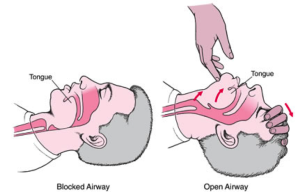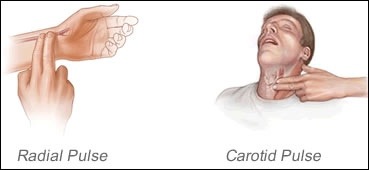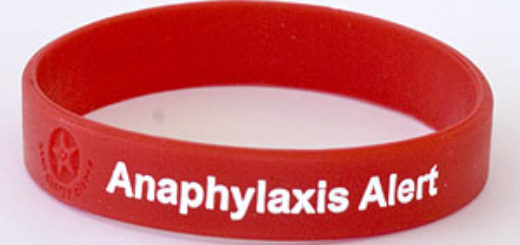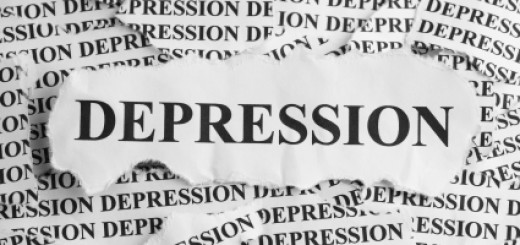What does DRSABCD stand for in first aid?
DRS ABCD is an acronym/mnemonic taught on first aid courses across the world. It is designed to help people have a structure for how to act in a medical emergency.
There are various versions of DRS ABCD in existance. In this blog post we’ll discuss DRS ABCD and what it stands for
Dange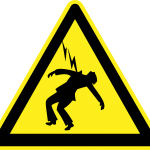 r
r
You are the most important person in any emergency situation! Before jumping into action you should check for any actual or potential dangers to yourself, bystanders or the patient.
If danger is present you should attempt to reduce the risk of harm. If you assess the situation as being too dangerous then stay back and call for professional help.
Response
If someone is collapsed/unwell your first action should be to check for a response.
Do this in adults by shouting at them and gently shaking their shoulders. Do not shake the person violently as this could cause further harm!
If you do not get a response then the victim is unconscious and this is a medical emergency
Shout/summon help
Once you’ve found someone unconscious your first action should be to shout/summon for help. Making people aware of an emergency situation is important.
Bystanders can perform useful jobs such as flagging down an ambulance.
Airway
Every unconscious patient is at risk of airway obstruction due to the back of the tongue falling back.
You need to open the airway by performing a head tilt chin lift demonstrated by the photo below
Breathing
Once you’ve opened the airway you should check for breathing for a maximum of 10 seconds.
Place the side of your face over the victim’s mouth and look at the chest.
You are looking for chest movement, listening for breath sounds and feeling for exhaled breath on the side of your cheek.
CPR
If someone isn’t breathing you should immediately start Cardiopulmonary Resuscitation and call for a defibrillator.
CPR comprises of chest compressions and rescue breaths (if trained to do so).
Chest compressions should be started as soon as possible at a rate of 100 – 120 per minute.
Defibrillation
Once an Automated External Defibrillator (AED) arrives it should be used as soon as possible. Open the box and follow the voice prompts.
You can learn how to use a defibrillator by taking our free online AED course.

